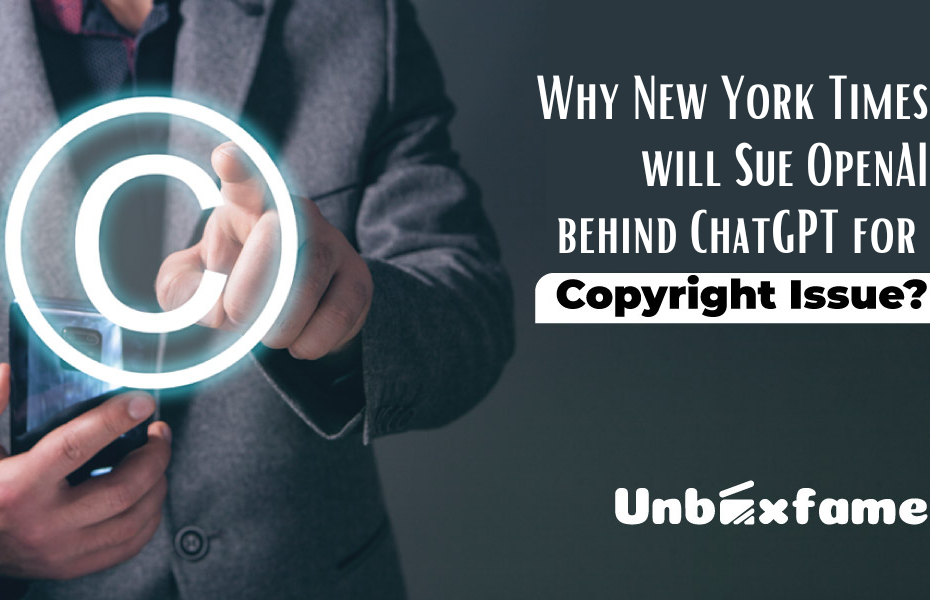In the newspaper there is a discussion can be seen which highlights issues regarding the usage of OpenAI and the intellectual property rights associated with it.
The Times and the inventors of ChatGPT have been into tight deliberations over a licensing deal in which OpenAI would pay the New York Times for integrating its stories in the AI tools of the tech company but the interactions turned too controversial that the journal is now taking into account a legal action.
The participants requested anonymity after affirming the possible lawsuite as they were not allowed to speak up against this matter publicly.
The alleged language models like ChatGPT have filed massive parts of the internet to gather data which inform how the chatbot acknowledges to various inquiries entered by the users frequently and the data mining is implemented without the permission of its users. Whether the legalities of collecting this huge information through hovering remains an unanswered query.
If a federal judge discovers that OpenAI illegally copied the Times’ articles to train its AI model, then court could arrange a judicial decree for the OpenAI to end ChatGPT’s dataset and could also forcing the company to recreate it using only licensed work.
“If you’re copying millions of works, you can see how that becomes a number that becomes potentially fatal for a company,” said Daniel Gervais, the co-director of the intellectual property program at Vanderbilt University”.
“Times might join the alliance of copyright owners aiming AI companies for bringing a legal suit”
For any anticipated suit the Times files would join other similar legal actions directed at OpenAI in past weeks.
Some of the other generative AI companies such as Stability AI, which also circulate stable diffusion image generator, have also been faced legal disputes for copyright. Reportedly Getty Images is suing Stability AI for practicing an AI model on more than 12 million Getty Images photos without approval.
Therefor the legal team of New York Times assumes OpenAI’s utilization of the newspapers articles to generate depictions of recent occurrences may not qualify for fair use protection. Their argument reflects the concern that this practice could end up transforming into a viable alternative to the original newspaper coverage.
In publishing and graphic design, Lorem ipsum is a placeholder text commonly used to demonstrate the visual form of a document or a typeface without relying on meaningful content.
